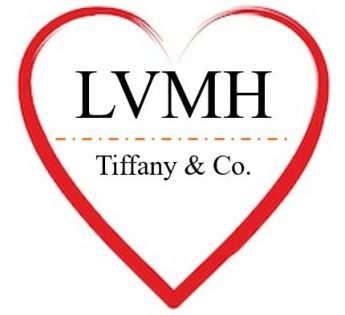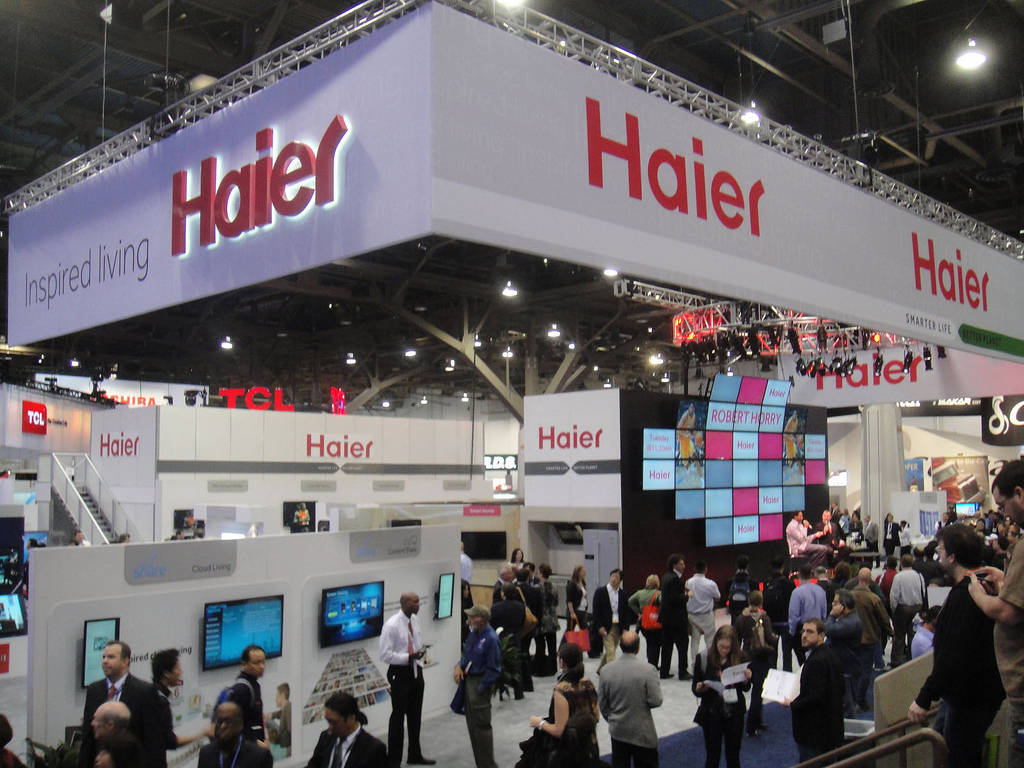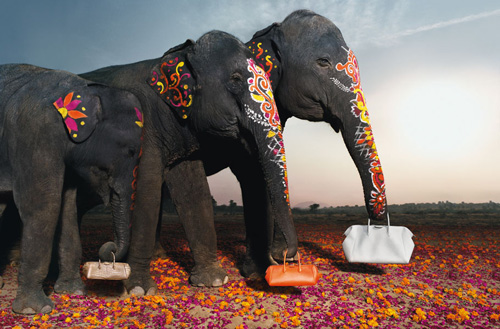Luxury goods are not just about quality and craftsmanship. They are also about status, identity and social influence. But what motivates luxury consumers to buy expensive products in large emerging markets such as China and India? And how do these motivations vary across different urban and semi-urban segments of consumers within the same market? These questions are particular important as these emerging markets are becoming the growth engines for luxury brands. Moreover, many of these brands are now moving their focus from Tier-1 cities to lower-tier cities in these markets.
These are some of the questions that we, Paurav Shukla and Veronica Rosendo-Rios, explored in our recent study1, published in the International Business Review. We focused on two of the most important emerging markets for luxury brands: China and India. We surveyed 1,200 luxury consumers from various tier-1 and lower-tier cities in each country: Beijing, Shanghai, Chengdu, Fuzhou, Hefei, Harbin, Guilin among others in China; and Delhi, Mumbai, Kolkata, Ranchi, Ahmedabad, Jaipur and Lucknow among others in India. We asked luxury consumers about their luxury purchase intentions and their symbolic motivations for buying luxury goods.
We used the theory of network effects to explain how symbolic motivations influence luxury consumption. Network effects occur when the value of a product or service depends on the number of people who use it or have it. For example, a smartphone becomes more valuable as more people adopt it, because it allows more communication and interaction. Similarly, a luxury product becomes more valuable as more or fewer people own it, depending on the type of motivation that drives the purchase.

Photo by SKG Photography: https://www.pexels.com/photo/women-s-gold-colored-necklace-2673365/
We identified three types of symbolic motivations that affect luxury consumption: snob, bandwagon and Veblen. Snob motivation is the desire to differentiate oneself from others by buying exclusive and rare products. Bandwagon motivation is the desire to conform to others by buying popular and widely available products. Veblen motivation is the desire to display wealth and status by buying expensive and conspicuous products.
We found that these motivations vary across different segments of consumers and markets. We compared the consumers from Tier-1 cities (Beijing, Shanghai, Delhi and Mumbai etc.) with those from lower-tier cities (Weifang, Yinchuan, Chandigarh and Madurai etc.). We also compared the consumers from China with those from India across these cities.
We found that snob motivation is higher in Tier-1 cities in China than in lower-tier cities. On the other hand, in lower-tier cities of India, snob motivation is a significant driver of luxury consumption. This means that Chinese consumers who live in tier-1 cities and Indian consumers who live in lower-tier cities tend to seek more exclusivity and uniqueness in their luxury purchases. They are less likely to buy luxury products that are common or easily accessible.
Bandwagon motivation drives luxury consumption among Chinese and Indian tier-1 city based consumers and the Indian consumers living in lower-tier cities. These consumers tend to seek more popularity and social acceptance in their luxury purchases. They are more likely to buy luxury products that are widely owned or endorsed by others.
Contrarily, Veblen motivation is a significant driver of luxury consumption only within Tier-1 cities of India. This means that consumers who live in affluent and more materialistic markets tend to seek more prestige and quality in their luxury purchases. They are more likely to buy luxury products that are visibly expensive or branded.
Our study provides a comprehensive and comparative analysis of the symbolic motivations that drive luxury consumption across different segments of consumers and markets. Our findings have important implications for luxury marketers who need to tailor their strategies according to the specific needs and preferences of their target consumers.
We suggest that luxury marketers should emphasize the exclusivity and uniqueness of their products for consumers in Tier-1 cities of China and lower-tier cities of India, the popularity and social acceptance of their products for consumers in above two markets as well as in Indian Tier-1 cities, and the prestige and quality of their products for consumers in Tier-1 cities of India most specifically. Our findings offers a way forward for luxury marketers in how they should consider the cultural nuance and economic conditions of their markets when designing their communication and distribution strategies.
1: Shukla P., Rosendo-Rios V., Intra and inter-country comparative effects of symbolic motivations on luxury purchase intentions in emerging markets , International Business Review (2021), doi:10.1016/j.ibusrev.2020.101768







